I’ve seen them while hunting Rio Grande turkeys in the spring, my back pressed squarely up against an oak tree, hoping that they wouldn’t scare off a mature gobbler.
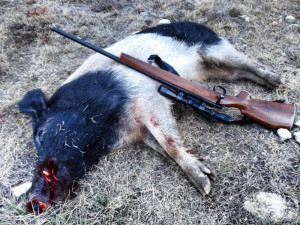
I’ve seen them while hunting whitetails in the fall, raiding deer feeders and devouring all the corn aimed primarily at attracting a different species.
I’ve seen them while hunting bobwhites in the winter, scaring off sounder after sounder as the pointing dogs kicked up furry critters instead of feathered coveys.
I’ve even seen them curiously looking on from the bank while fishing along the Texas coast during the summer.
Simply put, we Texans have a pig problem, and it’s not going anywhere anytime soon.
There are even a couple of jokes that pretty well sum up the issues at hand.
The first goes something like this: “If a feral hog sow produces a dozen piglets, 13 survive.”
The second: “There are two kinds of people: those who have wild pigs and those who will have wild pigs.”
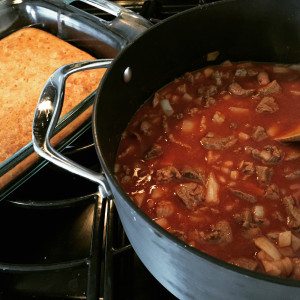
However, no one’s laughing much at Texas’ most invasive species these days, certainly not farmers and landowners whose crops and fields prime for rooting continually are devastated by the growing menace.
It’s no secret that feral hogs have had a detrimental impact across Texas for years, but there really had been no hard data about what the future holds for the four-legged scourge.
There is now.
A well-documented Texas A&M University report – in conjunction with the AgriLife Extension and compiled by scientists and biologists – didn’t attempt to pinpoint the exact number of hogs in our state, but rather highlight suitable habitat and attributes related to the growing population for historical estimation purposes.
The findings were startling, predicting a massive rise in the population without proper control in a state featuring more places for the swine to call home than most people may realize. The bottom line is this, according to the study: if left unchecked, the state’s feral hog tally – which was averaged at roughly 2.6 million animals a few years back and probably was a low figure in retrospect – will more than triple in five years.
Using landowner surveys from two-thirds of Texas’ 254 counties, the report found that the estimated reduction on feral hogs statewide from trapping, hunting and other methods was roughly 750,000 – less than a third of the population. Even at that same harvest rate, the report stated that the population would still double within five years.
The most glaring figure from the report is the reduction rate necessary to keep the population in check – that is not growing – which probably should draw another laugh. Roughly two-thirds of the animals must be taken off the entire Texas range annually to keep their ranks from expanding – something that’s never going to happen by any means or methods.
The analysis also showed that about 80 percent of Texas – approximately 134 million acres – is “suitable” feral hog habitat. If you’re reading this, the odds are pretty good there’s a feral hog – or 10 – not far away.
The report also relied on nearly two dozen other scientific studies to show just how quickly and how prolifically feral hogs can reproduce. The invasive species, which has the highest reproductive rate of any hoofed animal, hits reproductive maturity at roughly eight months on average, according to those studies, and produces an average of 1½ litters each year. Those litters may only have an average of four to six piglets, according to Texas Parks & Wildlife Department biologists, but it’s not uncommon for them to have twice that many.
Simply put, feral hogs are here to stay, and they can live and even thrive in places other critters can’t.
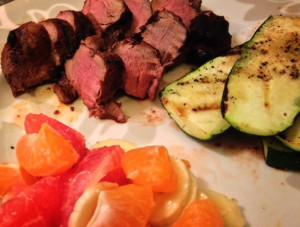
The main concern from the rise in hog numbers is the damage they cause, specifically as a result of rooting and trampling that makes those associated areas unsuitable for crop production or livestock grazing. Feral hogs also are a direct competitor for any forage they can reach, which even includes other wildlife such as ground-nesting birds and their eggs, biologists say.
Here’s a passage from a TPWD report, which pretty well sums up just how prodigious feral hogs are at being the most invasive species we will ever see: “Feral hogs compete directly with livestock as well as game and nongame wildlife species for food. However, the main damage caused to livestock and wildlife is indirect destruction of habitat and agriculture commodities,” the report opines. “Rooting and trampling activity for food can damage agricultural crops, fields and livestock feeding and watering facilities. Often wildlife feeders are damaged or destroyed. They also destabilize wetland areas, springs, creeks and tanks by excessive rooting and wallowing. In addition to habitat destruction and alteration, hogs can destroy forestry plantings and damage trees.”
And then there’s this final portion of the report, which shows how hogs even have a knack for being detrimental to some of our most prized game species: “While not active predators, wild hogs may prey on fawns, young lambs and kid goats. If the opportunity arises, they may also destroy and consume eggs of ground nesting birds, such as turkeys and quail.”
Another concern cited by biologists is the possibility of diseases being spread to livestock and other wildlife. Though the diseases from feral hogs don’t pose a significant threat to humans, the notable illnesses that have been documented in feral hog populations include swine brucellosis, tuberculosis, bubonic plague and anthrax. Feral hogs also are known to harbor a variety of external parasites, including ticks and fleas, which also can carry diseases, so use latex or surgical gloves when possible if you’re cleaning one.
However, for all the negatives associated with these swine – and as you can see there are plenty – the two great things about feral hogs for hunters is that they’re among the most challenging and wily game animals you’ll ever find and they can be cooked up in countless ways. And that’s what biologists and land managers hope for – that Texas hunters continue to rack up the harvest totals – something with which we’re proficient.
And why not, since they can be hunted all year without bag limits using the most liberal of means and methods. We can even shoot them from helicopters “pork chopper”-style as a result of legislation that was signed into law and went into effect in September 2011.
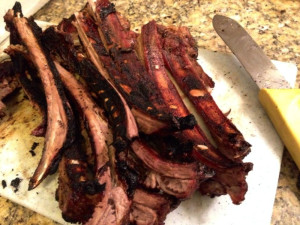
Hog hunting has gained notoriety for a variety of reasons, notably those hunts done with baying and catch dogs, large knives and mortal combat between wild pig and hunter. That certainly isn’t my cup of tea, but with such a large population and no real hindrance to hunting, there are plenty of ways to whittle down the rising number and bring home some delicious eating.
Traditional archery gear including longbows, recurves and compound models certainly makes things sportier when hunting hogs, while crossbows can provide a little better measure of sending a bolt accurately downrange. There also has been a proliferation in handgunning for hogs, and why not? You often can get relatively close with the proper setup and today’s high-powered hand cannons provide plenty of knockdown power.
Shotguns also provide plenty of adequate firepower on what can be a tough quarry, with slugs and buckshot advised as the go-to load. However, I have heard tales of spring turkey hunters felling hogs with a tighter choke and the ideal placement of No. 6 shot at close range.
When it comes to rifles and feral hogs, the options are basically limitless, including using traditional and modern muzzleloaders, which can send a lot of lead downfield. It’s advised to bring plenty of gun, but deer hunters annually bring down lots of hogs with their whitetail calibers, which are spot on for the same application if you are accurate and pick your shots accordingly – right behind the ear being the No. 1 place to sight in your scope on a feral porker.
The best aspect of pursuing feral hogs is that it plays right into the hands of the average hunter, with costs much lower than other trophy game animals. “Pork chopping” and the helicopter ride can be costly, running into the thousands of dollars based on flight time, but there are plenty of day lease options and public hunting options tailor-made to bringing home the bacon. There are some great public hunting options on multiple Wildlife Management Areas and for just the $48 cost of a public hunting permit, you can have access to roughly 1 million acres of land to hunt hogs on this year. The great part is that with such a proliferation of pork, you almost can’t go wrong in picking the right public hunt option for you and your family.
However, if you play your cards right, you might be able to hunt feral hogs for free. Considering their widespread penchant for damaging farmland and competing with grazing stock, some landowners and land managers will let you come shoot as many hogs as you want, as long as you ask nicely and respect the rules of the road. In addition to simply asking, you can find plenty of options by talking to local Chambers of Commerce and even perusing the listings on TPWD’s Hunt Texas Online Connection, which has dozens of feral hog hunting options.
It’s no secret that we’ve got too many hogs and it’s likely only going to get worse before it even remotely gets better, but it’s also no secret that they offer a great hunting experience and an affordable one, too.
















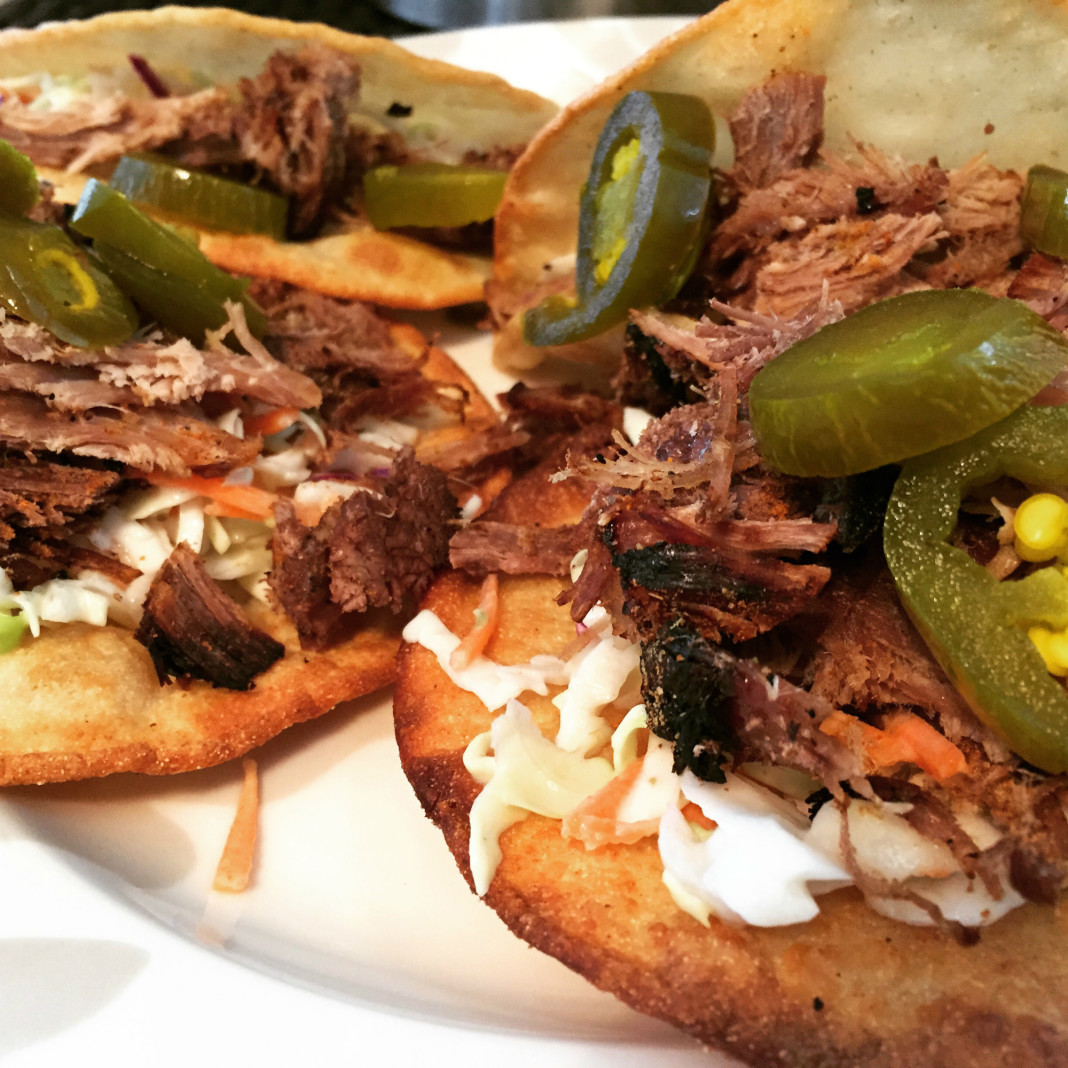
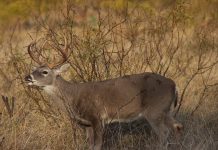
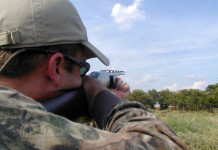


Great article. Hunting them is always necessary as they are so destructive, but I was not aware of the “losing battle” statistics of our hunting (only a 1/3 of the population?!) versus their prolific reproductive rate. Wow. We need to get busier, Texas!